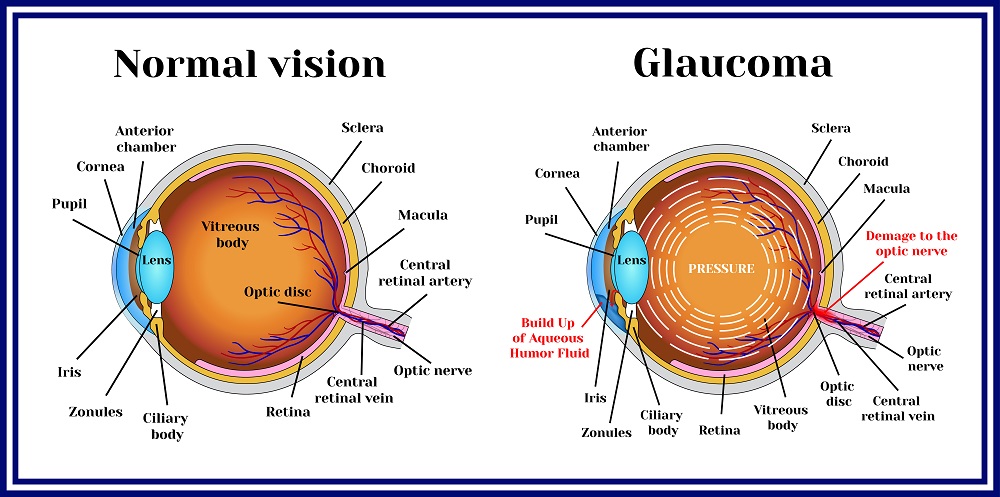Comprehensive Retina Service Near Me: Specialist Look After Your Vision
Comprehensive Retina Service Near Me: Specialist Look After Your Vision
Blog Article
Recognizing the Various Vision Correction Procedures Available for Clearer View
In the world of vision adjustment procedures, a plethora of alternatives exist to address refractive mistakes and give people with clearer sight. From the widely recognized LASIK surgery to much less intrusive treatments like PRK and implantable lenses, the area of ophthalmology supplies a series of strategies customized to match different demands and preferences. Each treatment features its very own collection of considerations, benefits, and possible threats. Understanding the nuances of these vision adjustment methods is important for making informed decisions about one's aesthetic health and wellness. Let's discover the intricacies of these procedures and dropped light on the course to attaining boosted vision clearness.
LASIK Surgical Procedure
LASIK surgery is an usual refractive treatment used to remedy vision problems such as astigmatism, nearsightedness, and farsightedness. This medical technique, which stands for Laser-Assisted in Situ Keratomileusis, intends to improve the cornea to enhance how light is concentrated on the retina, ultimately improving vision quality.
One of the key benefits of LASIK surgical procedure is the quick enhancement in vision experienced by clients. Lots of individuals discover a substantial enhancement in their eyesight instantly after the treatment. Additionally, many clients report marginal discomfort and discomfort throughout the surgery and recovery duration. The recovery time for LASIK is fairly fast, with lots of people returning to their everyday tasks within a day or 2 post-operation. Generally, LASIK surgery is a prominent selection for people seeking a long-lasting remedy for their vision problems.
PRK Procedure
While likewise a common refractive treatment, the PRK (Photorefractive Keratectomy) strategy differs from LASIK surgical procedure in its method to dealing with vision troubles. In PRK, rather than creating a flap on the cornea, the outer layer of the cornea, called the epithelium, is totally eliminated. This enables the laser to reshape the cornea to fix refractive errors such as astigmatism, farsightedness, and nearsightedness directly externally.

Despite the longer recovery time, PRK can produce exceptional lead to vision renovation, making it an important alternative for those that might not be suitable prospects for LASIK surgical treatment.
Implantable Lenses
In comparison to PRK where the cornea is reshaped straight, implantable lenses offer another method for correcting vision by inserting synthetic lenses inside the eye. This procedure is particularly useful for people with high degrees of nearsightedness, astigmatism, or farsightedness who might not appropriate prospects for laser surgical procedures like LASIK or PRK.
Implantable lenses, additionally referred to as phakic intraocular lenses, work by supplementing the eye's natural lens with an artificial one. eyecare near me. These lenses can be positioned in front of the all-natural lens (former chamber) or behind the iris and before the natural lens (posterior chamber) By readjusting the power and positioning of these lenses, eye doctors can effectively remedy refractive mistakes and boost visual acuity
One advantage of implantable lenses is that they are detachable and exchangeable, offering flexibility for future modifications. Nonetheless, similar to any surgery, there are risks included, such as infection or cataract formation. Patients thinking about implantable lenses ought to consult with an eye treatment professional to determine one of the most appropriate choice based on their individual requirements and eye health and wellness.
Corneal Rings
Corneal rings, likewise called intracorneal ring sections, are little, transparent tools inserted right into the cornea to deal with vision distortions such as keratoconus. Keratoconus is a condition where the cornea thins and bulges exterior, creating vision to end up being distorted. The insertion of corneal rings aids to flatten the cornea, boosting aesthetic skill and reducing the irregular astigmatism brought on by keratoconus.
The procedure for putting corneal rings is minimally intrusive and reasonably fast, usually executed as an outpatient procedure. During the surgical procedure, the eye doctor makes a tiny cut in the cornea and inserts the rings at a details depth. As soon as in location, the rings aid to reshape the cornea, giving a smoother surface for light to get in the eye, which can cause clearer vision.
Corneal rings are thought about a relatively easy to fix procedure, as they can be eliminated or replaced if required. explanation eyecare near me. While they might not totally eliminate the demand for glasses or call lenses, corneal rings can substantially enhance vision quality and general visual convenience for individuals with keratoconus or other corneal abnormalities
Refractive Lens Exchange
Complying with the correction of corneal abnormalities with procedures like corneal rings, another vision improvement strategy that can attend to refractive mistakes is Refractive Lens Exchange (RLE) RLE is a procedure that entails replacing the eye's natural lens with a synthetic intraocular lens (IOL) to deal with refractive mistakes such as presbyopia, farsightedness, and nearsightedness. This treatment is particularly beneficial for people who might not appropriate candidates for treatments like LASIK or PRK due to aspects such as thin corneas or high refractive errors.

Conclusion
In final thought, there are various vision modification treatments readily available to aid individuals attain more clear view. LASIK surgical treatment, PRK treatment, implantable lenses, corneal rings, and refractive lens exchange are all options that can resolve various vision problems.
In the world of vision improvement treatments, a wide variety of options exist to attend to refractive errors and offer individuals with more clear sight.LASIK surgical procedure is a common refractive treatment utilized to correct vision issues such as nearsightedness, farsightedness, and astigmatism.While likewise a typical refractive procedure, the PRK (Photorefractive Keratectomy) strategy differs from LASIK surgical treatment in its method to dealing with vision problems.Adhering to the improvement of corneal abnormalities with treatments like corneal rings, an additional vision adjustment method that additional resources can attend to refractive errors is Refractive Lens Exchange (RLE) LASIK surgical procedure, PRK treatment, implantable lenses, corneal rings, and refractive lens exchange my explanation are all options that can address different vision concerns.
Report this page